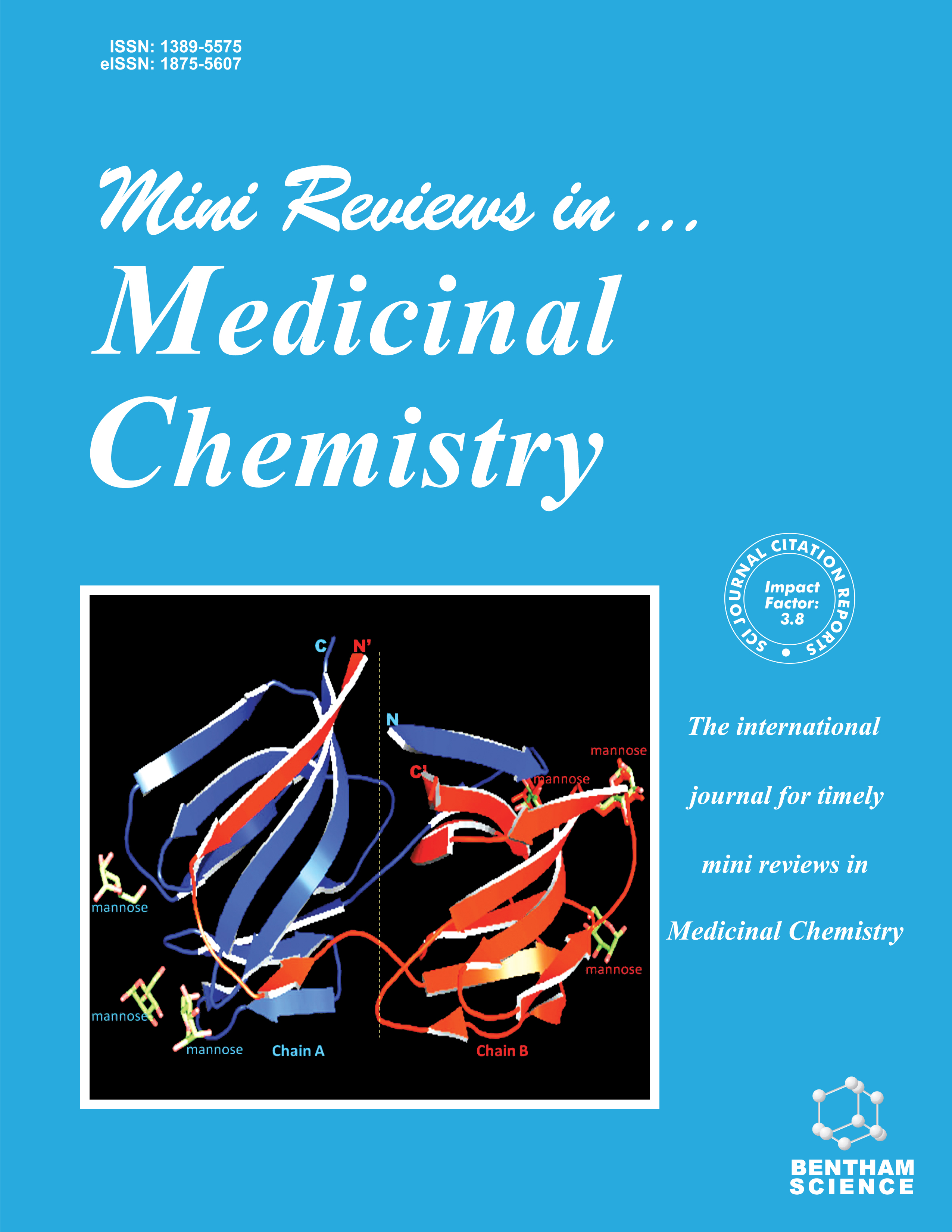
Full text loading...
We use cookies to track usage and preferences.I Understand
Glioblastoma (GBM) is the most prevalent and deadly primary brain tumor. The current treatment for GBM includes adjuvant chemotherapy with temozolomide (TMZ), radiation therapy, and surgical tumor excision. There is still an issue because 50% of patients with GBM who get TMZ have low survival rates due to TMZ resistance. The activation of several DNA repair mechanisms, such as Base Excision Repair (BER), DNA Mismatch Repair (MMR), and O-6-Methylguanine-DNA Methyltransferase (MGMT), is the main mechanism via which TMZ resistance develops. The zinc-finger DNA-binding enzyme poly (ADP-ribose) polymerase-1 (PARP1), which is activated by binding to DNA breaks, affects the activation of the MGMT, BER, and MMR pathway deficiency, which results in TMZ resistance in GBM. PARP inhibitors have been studied recently as sensitizing medications to increase TMZ potency. The first member of the PARP inhibitor family to be identified was Olaparib. It inhibits PARP1 and PARP2, which causes apoptosis in cancer cells and DNA strand break. Olaparib is currently investigated as a radio- and/or chemo-sensitizer in addition to being used as a single agent because it may increase the cytotoxic effects of other treatments. This review addresses Olaparib and its significance in treating TMZ resistance in GBM.

Article metrics loading...

Full text loading...
References


Data & Media loading...

